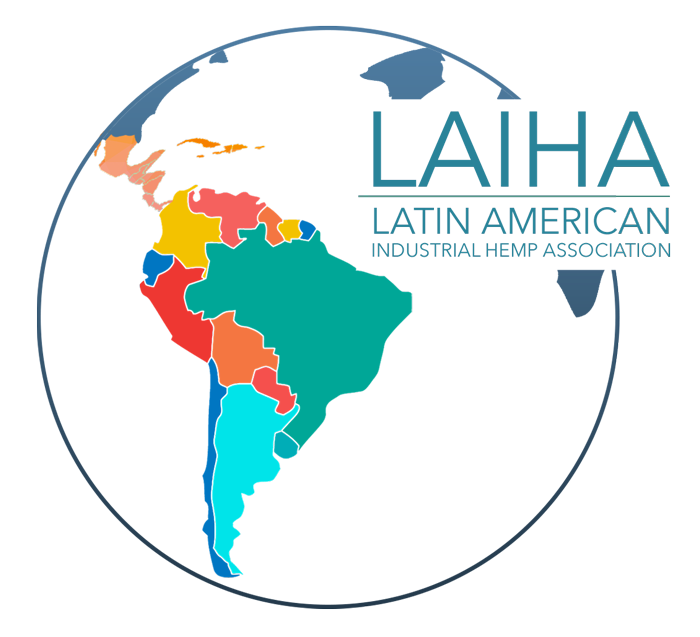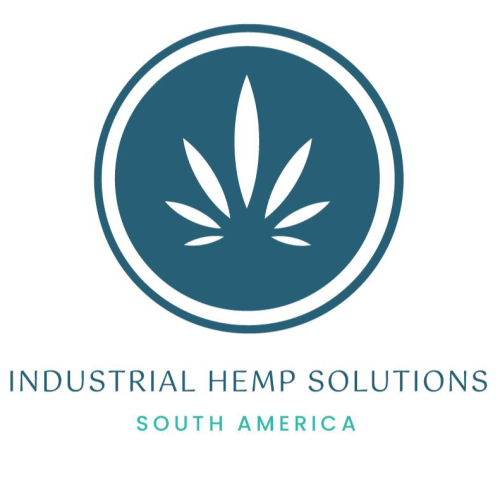FAQ
Frequently asked questions
Hemp is a variety of the Cannabis Sativa L plant, which is cultivated specifically for industrial purposes. Unlike the variety of cannabis used for recreational or medicinal purposes, hemp contains very low levels of THC (tetrahydrocannabinol), the compound that produces psychoactive effects. Hemp is used for a wide variety of industrial applications such as food (oils, flours and proteins), paper, packaging, textiles, auto parts, construction materials, biocomposites or bioplastics, personal care products, among others.
NO. Hemp and marijuana are two different varieties of the cannabis plant, although they both belong to the same plant family. The main difference between hemp and marijuana is their chemical composition and the amount of THC (tetrahydrocannabinol) they contain. THC is the psychoactive compound, while industrial hemp contains very low levels of THC (less than 0.3% by law in many countries), marijuana can contain much higher levels of THC.
Hemp is an annual crop that can fix high values of carbon dioxide (CO2), the main greenhouse gas responsible for climate change. Countries have an important commitment in the fight against climate change, and the development of businesses that promote the production and use of hemp can contribute significantly to the capture and reduction of greenhouse gas emissions. The entire hemp plant has applications that include the food industry, textile uses, cosmetology or construction uses, among others. Fibers can be used in various processes such as construction, cellulose, chemicals, energy and automotive, among others, and their use can replace non-renewable materials of fossil origin, reducing their negative impact on the value chain. According to a UN report, the global hemp market could quadruple its estimated value in 2020, reaching $18.6 billion by 2027. Hemp grains are considered a superfood, so there is a growing demand for their oils, meals and proteins in developed countries.
The cultivation of hemp can vary depending on the climate and the region, but in general, the basic steps for its cultivation are the following:
Soil preparation: It is important to select a suitable land for the cultivation of hemp. The soil must have good drainage and be rich in nutrients. Before planting, any type of weeds or grass must be removed.
Sowing the seeds: Hemp seeds are sown in spring, when the soil temperature reaches at least 12 degrees Celsius. Seeds can be planted directly in the ground. The distance between plants depends on the purpose for which it is planted and the variety of hemp.
Care during growth: During growth, it is important to ensure that the hemp plants have enough water and nutrients. Weeds and insects must also be controlled.
Hemp grows quickly, so it is important to monitor growth and adjust conditions as necessary.
The optimal time to harvest hemp depends on the end use of the product. If it is to be used for the production of fibers, it must be harvested when the plant begins to flower. If it is desired to use for seed production, it should be harvested when the seeds are ripe.
After harvest, hemp is processed for its final use. If it is desired to use them for the production of fibers, the plants are cut and the fibers are separated from the reed. If it is desired to use it for the production of grains, these are separated from the plants and processed for their final use. It is important to note that, depending on the country or region, there may be specific regulations and requirements for the cultivation of hemp. It is necessary to know and follow these regulations to ensure successful and legal cultivation.
Hemp is a versatile plant that can be used to break into the value chains of the world’s major industries. Some of the more common applications that can be made from hemp are:
Fibers: Hemp fibers are used in the production of clothing, ropes, paper, packaging, auto parts, biocomposites and insulation with multiple applications.
Hemp Seed Oil: Hemp seeds can be pressed to extract their oil for human food grade, as well as for personal care products such as creams and lotions.
Food: Hemp seeds can be used in a wide variety of foods that include everything from oils, flours and proteins, to vegetable milk among others.
Nutritional Supplements: Hemp seed oil and other extracts from the plant are used in the production of nutritional supplements such as capsules and oils.
Construction materials: The components of the hemp stem, reeds and fibers, can be used to produce construction materials such as blocks, panels and insulation.
Energy: Hemp can be used as a source of biofuel and ethanol.
Pet Products: Hemp oil is used in the production of pet products such as food and skin care products.
Animal nutrition: The expeller resulting from the extraction of hemp oil is used in the production of animal feed since it reduces the production of methane in the rumen, as well as a positive impact on the health and performance of monogastric animals such as pigs and chickens.
Medicinal products: Hemp contains compounds such as CBD (cannabidiol) that are used in the production of medicinal products for the treatment of various health problems.
These are just a few examples of the many products that can be made from hemp. Its versatility and wide range of uses have made hemp increasingly popular in various industrial sectors.
The legality of growing hemp depends on the country and the specific regulation of each place. In many countries, the cultivation of hemp is legal as long as certain requirements are met, such as the level of THC allowed in the plants and obtaining licenses or authorizations for its cultivation.
In general, hemp cultivation has become increasingly popular around the world due to its versatility and economic potential. In addition, the value of hemp as a sustainable and environmentally friendly alternative crop has been recognized.
Hemp has several environmental benefits, which make it an attractive crop from a sustainability perspective. Some of the most important environmental benefits are:
Requires less water: Hemp is a hardy crop that requires less water than other crops, such as cotton. This makes it a more sustainable option in regions where water is scarce.
No Pesticides required: Hemp is a pest and disease resistant crop, which means it does not require the use of pesticides and other harmful chemicals.
Improves soil quality: Hemp has deep roots that help improve soil quality and prevent erosion.
Reduces Carbon Footprint: Hemp is a renewable and sustainable source of materials, such as fiber and biofuel, that can replace petroleum products and other non-renewable materials. This helps to reduce the carbon footprint and mitigate climate change.
It’s a versatile crop: Hemp can be used to produce a wide range of products, from food and textiles to building materials and biofuels. This makes it a more sustainable and versatile option than other specialty crops.
The legality of growing and producing hemp can vary by country and region, and it is important that you are aware of and comply with local laws and regulations. Here are some general regulations to consider if you want to work with hemp:
Licensing or Authorization requirements: In many countries, a special license is required to grow, process, or sell hemp. It is important to be aware of any local licensing or authorization requirements before beginning any hemp-related business.
THC limits: Most countries set limits on the THC content allowed in hemp. These limits usually range between 0.2% and 0.3%. It is important to ensure that crops comply with the THC limits set in your country or region.
Quality control: It is important that hemp that is produced or marketed meets established quality and safety standards. This may include laboratory tests to check for THC content, the presence of pesticides, and other contaminants.
Tax Regulations: Hemp-related business activities may be subject to taxes and other fiscal regulations. It is important that you are aware of the local tax regulations and that they are applied correctly.
Hemp and CBD oil are derived from the same plant, but there are some important differences between them.
Hemp refers to the variety of hemp that is cultivated specifically for industrial purposes, such as the production of oils for human consumption, biofuels, and other products. Hemp is characterized by its low THC content, which is the psychoactive compound found in marijuana.
On the other hand, CBD oil is derived from cannabis and is produced by extracting cannabidiol (CBD) from the plant. CBD is one of many cannabinoids found in the cannabis plant, and it has been shown to have potential therapeutic properties.
One of the main differences between hemp and CBD oil is their use. Hemp is mainly used in the production of industrial materials and products, while CBD oil is used in the production of personal care products and dietary supplements.
Another important difference is regulation. In many countries, hemp is allowed as a crop and is not subject to strict regulations. However, CBD oil may be regulated as a dietary supplement or a drug, depending on the country and region.
The cultivation and production of hemp can have a positive impact on the development of local economies in several ways:
Employment generation: Hemp production can generate jobs in various areas, such as agriculture, manufacturing, and processing. This can help create local jobs and improve the economy of the regions where hemp is grown.
Increased demand for local products: The cultivation of hemp and the production of its derivatives can increase the demand for local products. This can benefit local farmers and producers, who can sell their products at a fair price.
Diversifying the economy: Growing hemp can be a way to diversify the economy of regions, as it can be used to supply raw materials for a wide range of industries, from food and supplements to building materials and biofuels.
Increased income: Hemp cultivation can be an additional source of income for local farmers and producers. Additionally, if sustainable practices are used, growing hemp can maximize the health and yields of your field by introducing it into crop rotation.



